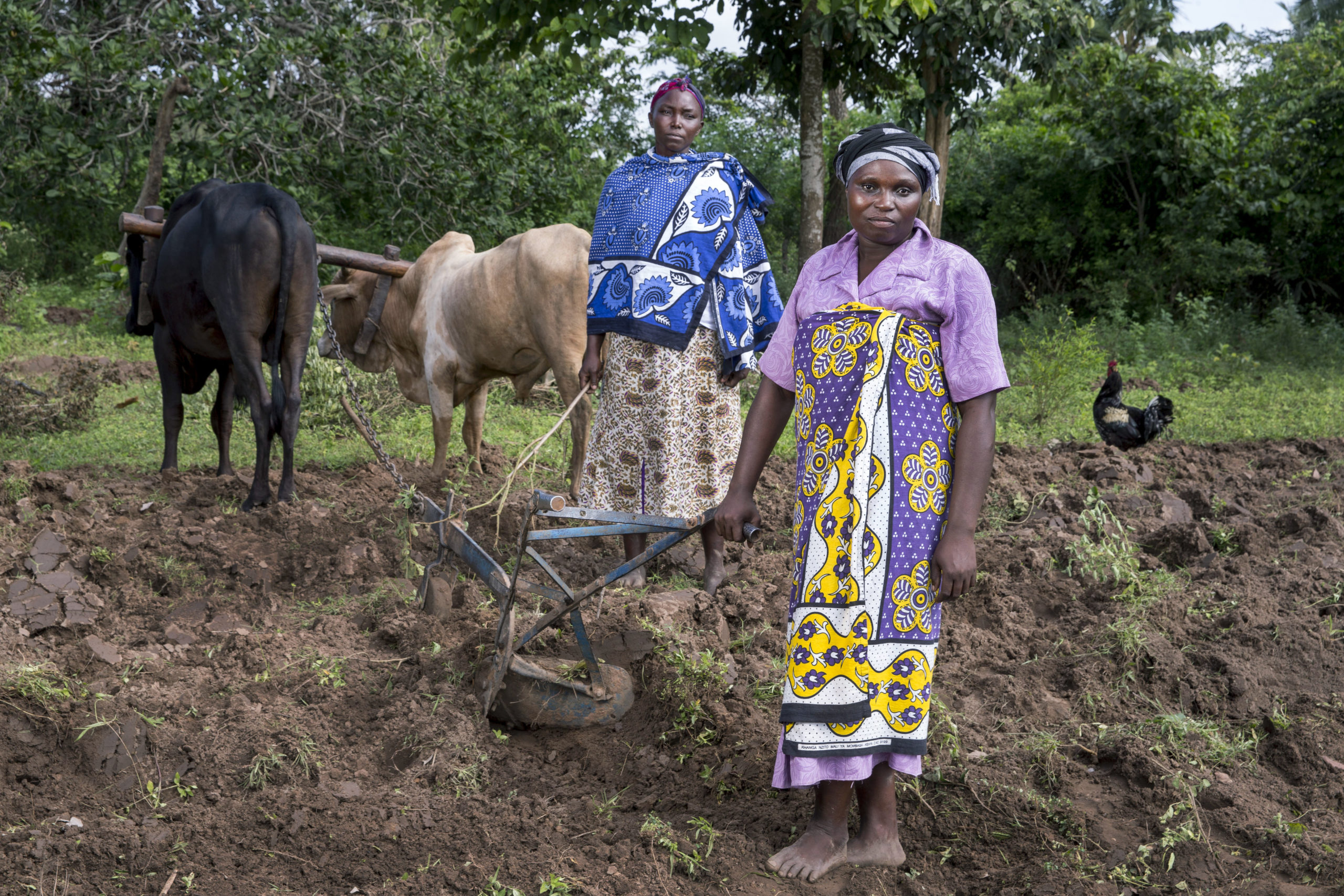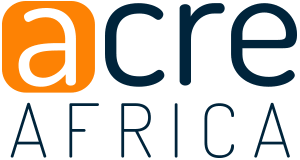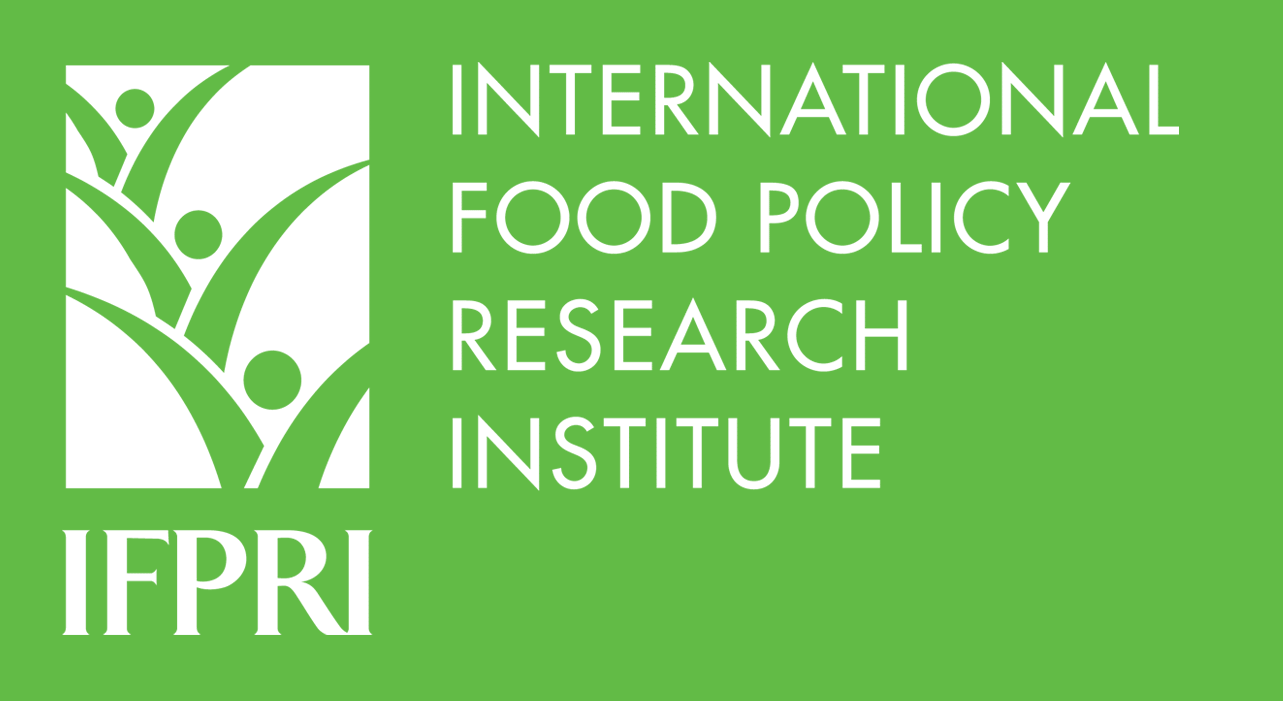Assessing the Effectiveness of Different Types of Seeds and Crop Insurance for Agricultural Productivity

Weather hazards cause significant hardship for small-holder farmers, and climate change is expected to further exacerbate vulnerabilities to extreme weather. Expectations of possible losses could discourage farmers from making productivity-enhancing investments and trap them in low-risk but low-return agriculture.
In Kenya, the Agriculture and Climate Risk Enterprise (ACRE) and the Kenya Agricultural and Livestock Research Organization (KALRO) are implementing an intervention to improve agricultural productivity. The program provides different types of seeds: traditional maize, sorghum, and green gram seeds or new improved stress-tolerant varieties of these crops, as well as different types of insurance – weather index-based insurance or picture-based insurance. Index-based insurance uses indices derived from satellite images to assess the damage that farmers may experience. For instance, if rainfall levels fall below a certain threshold, farmers receive an insurance payout. Under picture-based insurance, farmers send pictures of the insured crops as evidence of the damage they experienced.
Researchers are implementing an impact assessment of this intervention to improve its performance and respond to gender-specific needs.
The study will generate indirect benefits for respondents by helping shape both our research trajectory and inform policymakers on what types of interventions increase farmers’ ability to make productive investments while being able to manage risks. For example, if investments increase when insurance is provided, and this increase is especially visible when access to inputs is improved, bundling insurance with seeds may become a more common practice
Results of this project will be available by March 2023.















